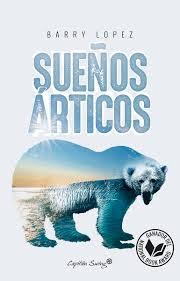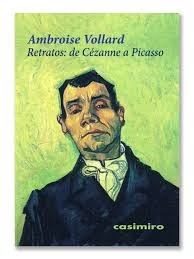
Títutulu Original: Arctic dreams
Year of publication: 2003
Translation: Mireia Bofill
Valoración: Fascinating, although irregular
Barry López says on page 343 that The impression caused by the region we travel is the product of the combination of at least three factors: what we know about it, what we imagine and our disposition against it.
Something similar conditions the impression that this book has caused me. Because although this of polar trips is one of my literary comfort zones and what one imagines with the reading of certain passages leads him to fantasize about approaching (someday, hopefully) to those lands, which I already know of the subject makes parts of the text that do not finish convincing me at all.
But before let’s recap and say that SArctic ueños It is a combination of natural science, anthropology, cultural history, philosophy, journalism and lyrical observation of a disconcerting physical landscape that lives in recent years a process of economic reorganization and social adjustments for the local population from which we should extract not a few conclusions.
The first half of the text focuses, fundamentally, on ecology, biology and evolutionary history, but not as something isolated but placing it in the context of human presence in polar lands. To do this, it focuses on four animals (nival Ánsar, AlmizClero, Polar and Narval Beef) and its biology, in its social behavior, in its ways of adapting to the environment and in its link with human activity, which even leads us to medieval history. Personally, this part of the text is most didactic and fascinating, both for how easy Lopez does and for my ignorance on the subject.
With chapter 5, Migrations, The text turns towards the anthropological and historical. The show of migrations in the Bering Sea gives way to human migrations, to adaptive processes to the rhythms of nature, but also to cultural or linguistic losses of the last centuries. In this same “package” we can include the chapters dedicated to light and ice or arctic landscape. Physical, mental and spiritual landscapes, past and present traces, maps that reflect realities and / or desires. Especially interesting are the pages dedicated to the ways of seeing and feeling the landscape, to cultural history, to the differences between the look of local settlers and the western gaze.
Finally, the maps give way to a brief history of trips through the Arctic, from San Brandán or the Icelandic Sagas to those linked to the industrial development of the present. Here something that said in the first paragraph of the review comes in. What we know about her. For better or worse, I have read a lot about trips to the Arctic and I have the feeling that this part of the text is, in a way, a “refrito”, a summary of past stories to which that looks of the author who can be seen in the rest of the book is missing. Wow, it can work perfectly as “guide for not initiated”, but it falls short for someone who has already read Rasmussen, Cook, Peary, Amundsen and company.
Therefore, and despite that little disappointment that leaves the end of the book, better to rescue the positive part that it has, those pages focused on natural history, evolutionary and anthropological history. They are worth it, really.
Source: https://unlibroaldia.blogspot.com/2025/05/barry-lopez-suenos-articos.html


